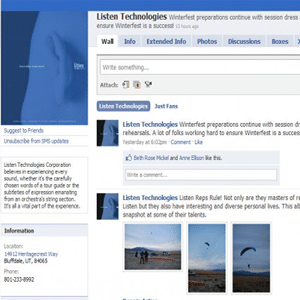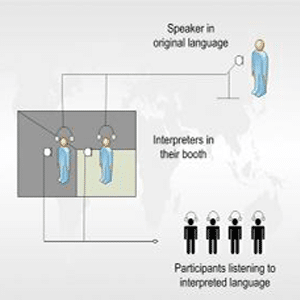October 18-24, 2009 is InfoComm AV Week. AV Week is an international celebration of the AV industry. The AV trade association InfoComm International and its members sponsor workshops, presentations, career fairs and other events around the globe to spotlight the audiovisual industry that enhances communications in many vertical markets and to recognize the AV professionals who manufacture, design and install AV technology in fixed installations and for staged events.The general public may not be aware of the everyday benefits provided to them by the AV industry. AV Week gives us a tangible way to become advocates for the industry. It allows us to reach out to end users, potential customers and employees. With many voices, we can make an impact in raising awareness. We can encourage students to consider AV careers, and we can change perceptions about the industry. InfoComm is a true champion of its members and offers many resources to make it really easy for members to get involved with AV Week. Cheryl Reagan and Marc Bialek are leading efforts in providing support and ideas for activities for InfoComm AV Week. The website www.avweek.org is a fount of resources and information. There is a full tool kit that includes:


